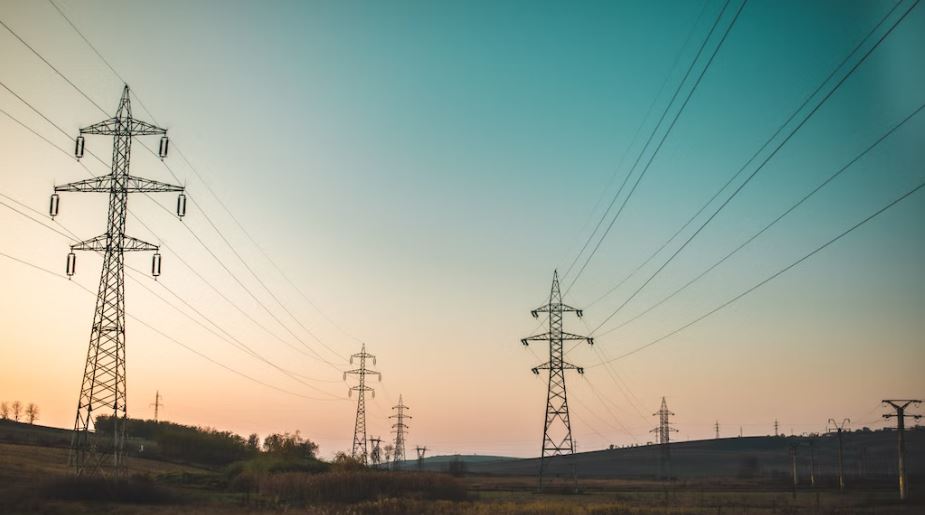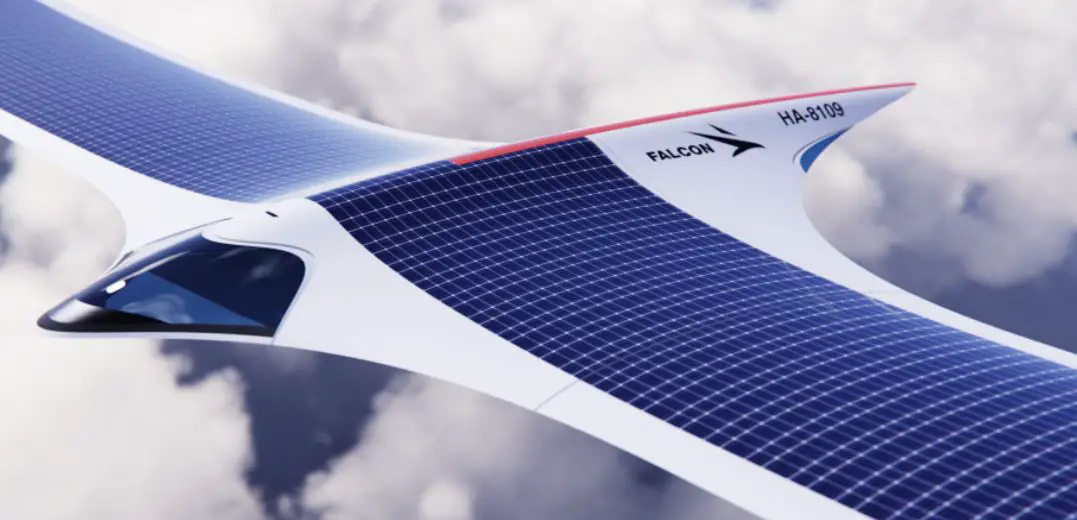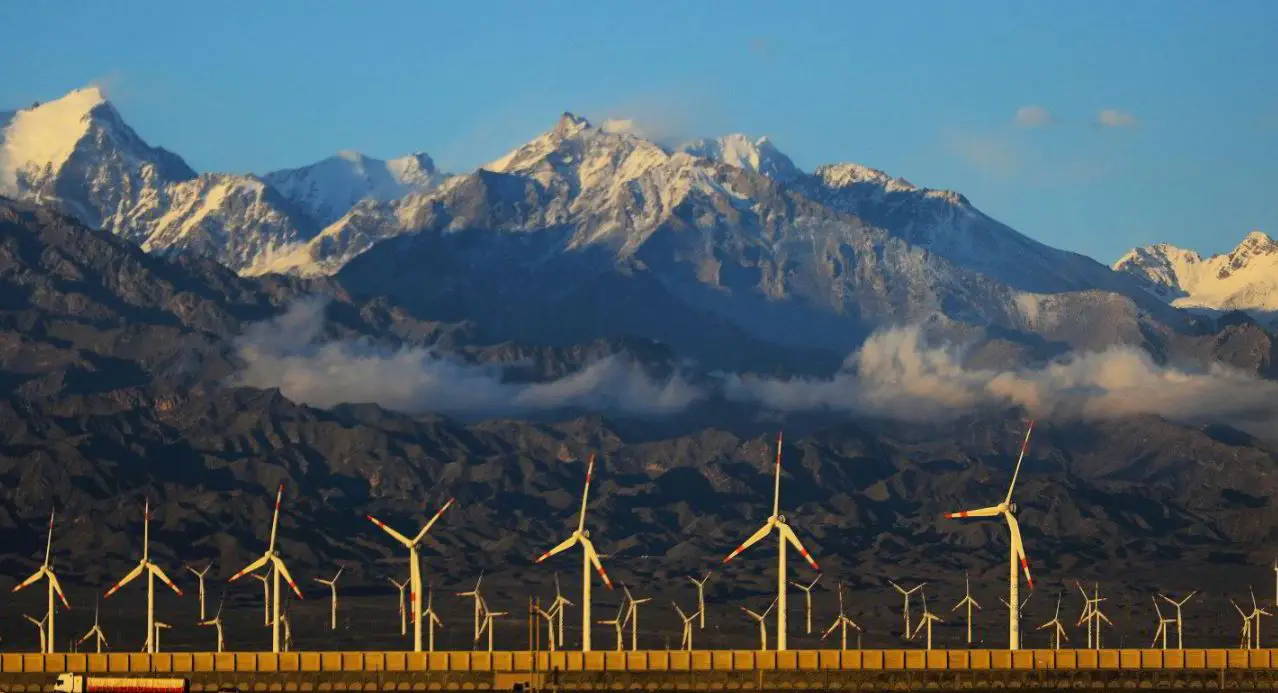This year’s severe drought in Eurasia has made many people aware of the threat of drought. In fact, the drought in California has lasted for 22 years. Last year was even the driest year in 1,200 years.
To combat the new climate model, the U.S. government has made the design of innovative infrastructure under climate adaptation an important policy, which has also spawned many studies related to drought resistance.
The Project Nexus
California is planning to launch a proof-of-concept, that is, installing solar panel awnings on irrigation canals, which can not only increase new energy generation, but also reduce water evaporation, becoming the first in the United States. The solar canal project is named “Project Nexus”.
The past 30 years have seen increasingly extreme weather in the western United States, with more frequent and larger droughts, heat waves, and wildfires.
The major drought across the western United States has been going on for 22 years, with 2021 being particularly severe, and the entire region is now in its driest period in at least 1,200 years.
Forcing California to take a number of steps to combat climate change, including Northern California farmers starting to grow Mexico’s drought-resistant agave plant, the government announced a 2035 ban on gasoline-powered vehicles.
Last year, California scientists thought of a way to build solar panels on the canal, which can not only increase solar power generation, but also reduce the evaporation of water resources due to high temperature, and also reduce the expansion of aquatic plants and maintain water quality. India has also installed solar panels on canals.
California’s Power Demand and Supply
U.S. scientists have calculated that solar panels covering approximately 4,000 miles of California’s public water system infrastructure are expected to save the state 63 billion gallons of water annually, enough to irrigate 50,000 acres of farmland or meet the residential water needs of more than 2 million people .
The 13 gigawatts of solar energy generated annually by solar panels would be equivalent to one-sixth of the state’s current installed capacity, and 13 gigawatts of renewable energy could be generated if all 4,000 miles of California’s canals were covered with solar panels.

1 GW is enough to power 750,000 homes, and the program is enough to power 9.75 million homes. As of July 2021, California had 13.1 million households.
Scientists say the water in the canal can also cool the solar panels, making electricity more efficient. And solar panels can provide shade and wind protection for the water surface, reduce evaporation, reduce aquatic plant growth, and improve water quality.
About 1% to 2% of California’s water evaporates in the hot sun, and in the face of drought conditions, any drop of water is precious.
Now California will begin proof-of-concept planning with three sites expected to produce 5 megawatts of renewable electricity, which can further verify whether solar panels can provide shade at noon and reduce wind, reduce the rate of water evaporation in canals, and reduce vegetation grow to improve water quality, reduce the need for canal maintenance, and of course verify the ability to generate renewable electricity.
California’s goal is to generate 60 percent of its electricity from renewable sources by 2030.
The CEO of Solar AquaGrid, who is involved in the project, said that research and common sense tell us that in an era of increased drought, it is time to limit evaporation, with preliminary research showing that solar installations on open canals compared to ground-mounted solar systems Panels can save a lot of water, energy and cost, and can also improve the efficiency of solar power generation due to easy cooling.
The California Solar Canal program, funded by $20 million in government funding, is expected to begin in the fall and be completed in 2024, and includes energy storage to study how the storage facility can support the local grid when solar power is less efficient due to cloud cover.




